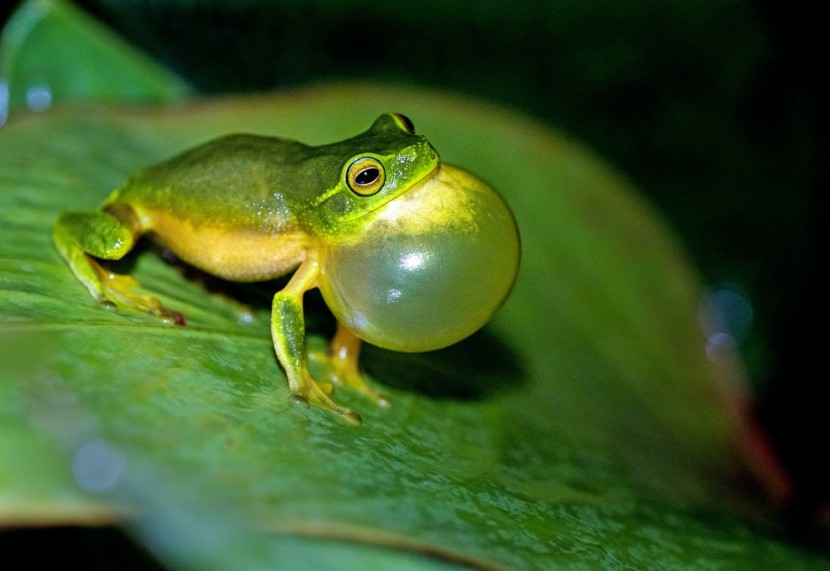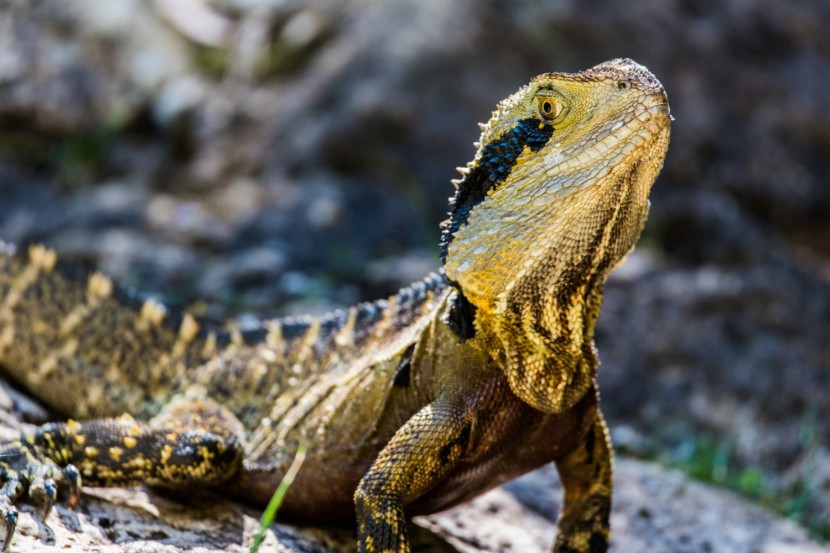
The global amphibian population is in steep decline, with two out of every five species facing extinction.
This is based on research published on Wednesday, October 4, in Nature's scientific magazine.
Perils Facing Amphibians
After assessing the well-being of over 8,000 amphibian species worldwide, scientists have concluded that approximately 41%, or 2,871 species, are now facing global extinction. Loss of habitat, rising temperatures, and the spread of disease have all contributed to an increase of approximately 3% in endangered species since 1980.
Lead author Kelsey Neam, species and metrics coordinator for the non-governmental group Re: Wild, explained that amphibians must adapt to the changing environment on Earth or find a new home. Changes are occurring too rapidly for them to adjust, and habitat fragmentation causes obstacles that make movement increasingly difficult.
Amphibians, which include frogs, toads, and salamanders, are a kind of vertebrate. They are fully at home on land and sea, breathing air through their wet skin.
The new research evaluates the dire situation of more than 93% of all amphibian species. Climate change, an increasing threat to amphibians, combines with other threats such as land conversion and disease transmission, putting these animals in a precarious position.
The amphibians have also had their pandemic to contend with. The Chytrid fungus, which has been fast spreading worldwide, affects frogs' skin, stops them from rehydrating correctly, and causes heart attacks.
According to Patricia Burrowes, a professor at the biology department at the University of Puerto Rico, "Modern climate change really works synergistically with diseases and in ways that it stresses frogs and makes them more vulnerable to these pathogens."
Amphibian Conservation

The second Global Amphibian Assessment data were used to compile this report. More than a thousand researchers provided expert opinions on thousands of species, as mentioned by NBC News.
University of Washington biology professor and Burke Museum of Natural History and Culture curator Adam Leaché called the research a "big update on the conservation of amphibians across the globe."
Leaché, who was not involved in the study, said that the analysis was thorough and that its leaders included some of the world's foremost experts on amphibians.
Leaché's lab has been busy in subtropical West Africa, conducting field surveys to monitor amphibian populations.
When he returns to a place years later, he sometimes finds that these animals are gone. Leaché said that the area was devoid of trees. Nothing exists; hence, no biodiversity surveys can be conducted. "It's reminiscing about better times when species were around, and now they're not here anymore," he added.
Related Article : France Seizes 400 Primate Skulls in Large-Scale Trafficking Headed to US








